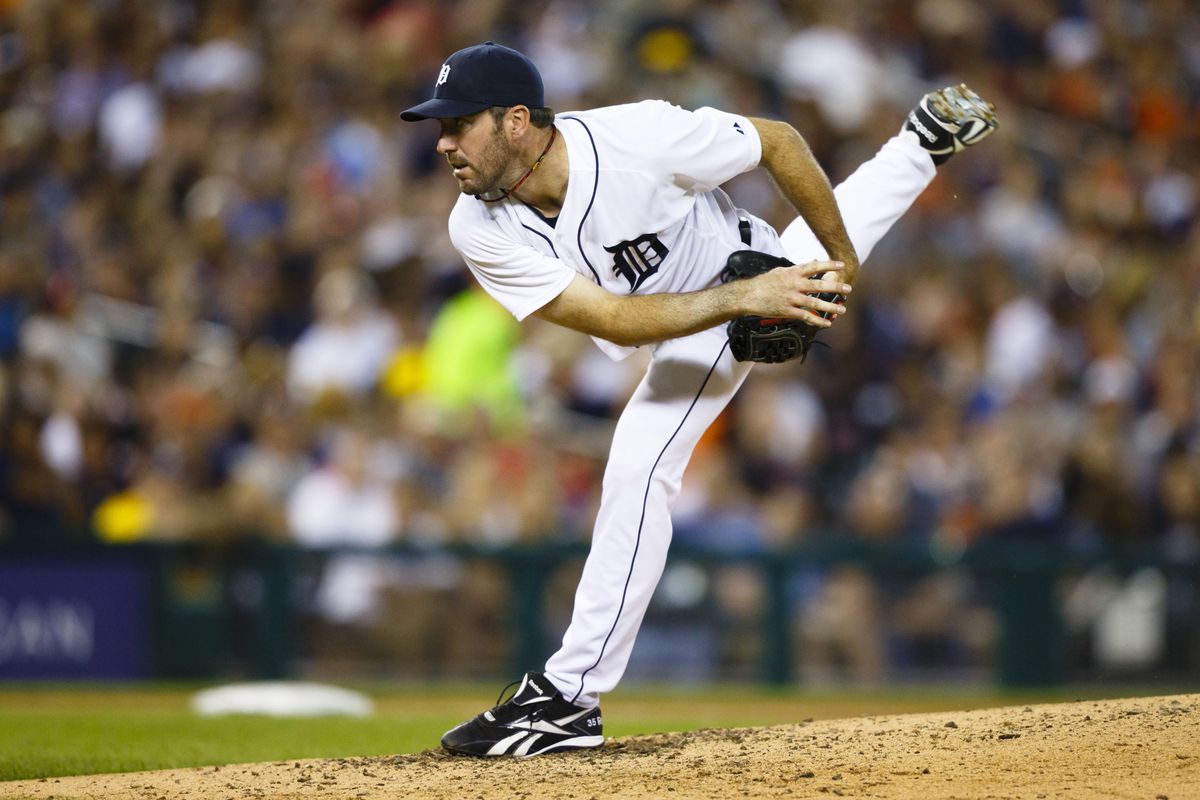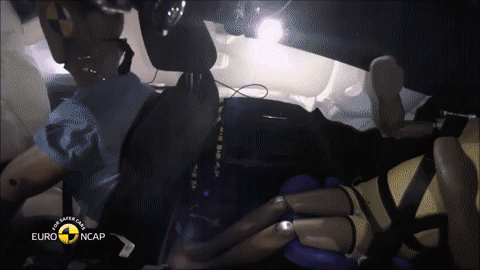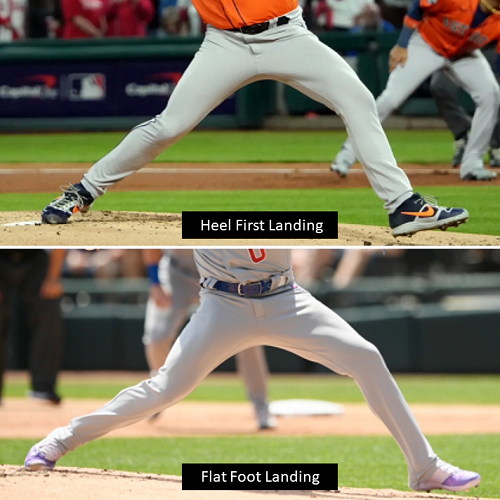
Use your legs. Use your lower half. Sounds great but, “what the heck does it mean”? Coaches often cue this as if it’s one single thing. In reality, a proper use of the lower half has 4 different but connected and sequential components. In Part 4 of this 4 part series on lower half pitching mechanics, we’ll take a closer look and break down what I refer to as the Block.
-
- Part 1 – Drift
- Part 2 – Load
- Part 3 – Drive / Rotate
- Part 4 – Block
Block – What is it?
Once we have the back leg moving efficiently and setting up a good pelvis position and angle to rotate from prior to foot plant (parts 1 and 2), it’s time to create that transfer of force through an efficient lead leg block.
The block or “post-up” happens (or should happen) at the moment the front foot becomes weight-bearing. An important thing to point out is that it’s really more about how quickly the knee is extending rather than the amount or distance of leg extension. This will be different for every athlete based on size and strength.
The quicker we can stop forward motion of the lower half (otherwise known as “deceleration),” the more force we can transfer up the chain through knee extension and thus more rapidly propel the rest of the upper half into the delivery.
Why is it important?
How about the ability to throw harder with less residual stress on the arm, elbow and shoulder? In addition, the lead leg block in our mocap reports shows one of the highest correlations to throwing velocity of all metrics.
Improving and better utilizing ground reaction forces with a lead leg block is paramount in facilitating hip and torso rotation, and in turn transferring force and energy up the chain and into the arm in order to create a high velocity throw. This will also allow the arm to work more efficiently (move faster with less effort) and is much like a car hitting the wall and the crash test dummies (in this case the arm) explosively flying forward.

What physical attributes do you need to do this properly?
While there are many factors that can contribute to an great lead leg block, strengthening and training the lead leg to both co-contract as well as produce and accept force will help to create a more stable base and thus facilitate an efficient block.
So, lets take a look at these three “big players” that help the athlete to better create and accept force with the lead leg.
-
- Eccentric Strength through the Stride Leg
- Improved Control of the Forces Developed in a Posterior Direction
- Co-Contraction of the Hip
Eccentric Strength through the Stride Leg – Eccentric strength is the ability to “hit the brakes”. Improving eccentric knee flexion control through single-leg strength exercises will help the athlete to better manage the high-reaction forces that are needed immediately after stride foot contact. This is basically giving the athlete a better set of brakes. Using band resistance is one way to better train eccentric strength.
Band Resisted Split Squat
Improved Control of the Forces Developed in a Posterior Direction – Studies by McNally et al (2015) showed that when stride leg forces are developed posteriorly to the target as opposed to medially or laterally as seen in a more “unstable” landing, kinematics and kinetics were improved and better force transfer achieved accompanied by a reduced risk of injury. In a nutshell, this is the other side of the equation from ecc. strength and can be considered “hitting the gas”. Backwards hops are a great drill to practice “flipping the switch” from gas to brakes and back.
Leg Backward Hop
Co-Contraction of the Hip – This topic is a full blog within itself. But to be brief, co-contraction of the hip is when the muscles surrounding the hip mainly the quad and the hamstring musculature, contract TOGETHER, creating that stable base we mentioned earlier for the pelvis to rotate over. This is why many elite movers can reach high blocking speeds without fully extending that lead leg. We use hip lock drills in every athlete’s program, regardless of baseline testing results.
Hip Lock-Wall
*** Note on Drill Work / Transfer of Training – Sometimes younger or weaker athletes, or athletes with extremely long levers, may be better served landing with a slightly “heel-first” landing to help soften the impact and better accept and re-distribute force rapidly. While this may not be ideal for stronger athletes, it’s much better than not being able to handle the landing (fast car with poor brakes) and affecting energy transfer to the upper half and arm.

Summary
An efficient lead leg block has one of the highest correlations to pitching velocity. This involves a combined effort of the ability to maintain a strong, stable front knee / leg with great plyometric ability to accept/control ground forces and re-direct them in a posterior direction at foot plant. The result is better deceleration of the athlete’s linear momentum towards the target. Adding in some great lead hip IR to enable corkscrewing down and around that hip at release will also help maximize transfer of force up the chain.
See ya’ in the gym…
By Nunzio Signore (Owner at RPP Baseball)
You live too far to train with us in-house at RPP? You can now train with us on a REMOTE basis.


